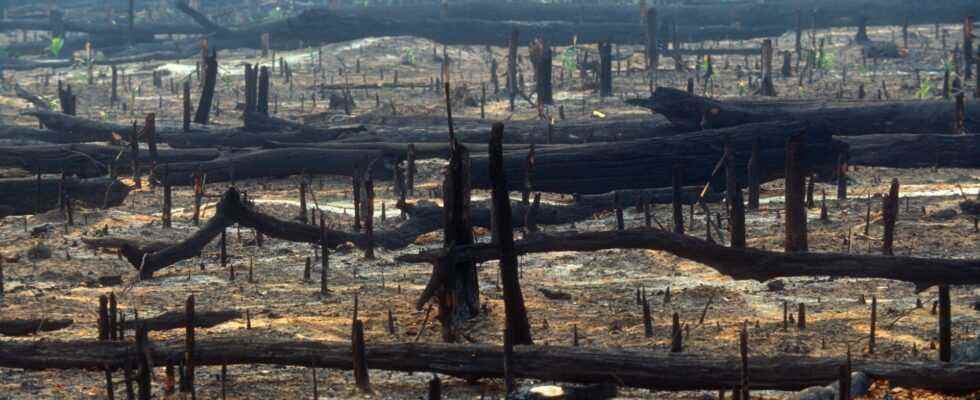“Considering that the preservation of the Brazilian Amazon is critical to addressing two of our biggest global issues – climate change mitigation and biodiversity conservation – we think it’s only fair that Brazilian society shouldn’t bear these costs alone should,” says José Maria Cardoso da Silva, a researcher at the University of Miami and lead author of the study. »The industrialized countries in particular should contribute to the costs, since they are responsible for most of the global environmental destruction.«
The rescue of Amazonia is still a long way off
“Despite the good intentions, any conservation efforts to date have never translated into an effective and predictable transfer of resources on the scale needed to solve the problem,” says da Silva. At the COP 26, the United Nations conference on climate change in Glasgow last autumn, 2021, the industrialized countries again committed themselves to making around 100 billion dollars available every year from 2020 to 2025 for climate protection and adaptation. Pledges made during the conference to transfer money to two relief funds totaled almost a billion dollars – 150 million of them from Germany.
“It looks like all these commitments will save the region. But that is far from reality,” says da Silva. “When you add it all up, such long-term commitments only cover a small part of the region’s annual maintenance costs.”
The study calculates that the cost per hectare of preserving most of the Brazilian Amazon is “quite modest compared to the potential value of the environmental services that the ecosystems of the Brazilian Amazon provide to Brazil and the world,” emphasizes da Silva. In addition, maintenance is very cost-effective. The protection of the African lions, for which 1.2 million square kilometers of protection area must be preserved, is at least two and a half times as expensive.
Instead, damage to people and nature
If one compares the costs of preserving the forest and the extent of the damage to people and nature caused, for example, by illegal gold mining in the indigenous areas, the urgency of effective protective measures becomes even clearer: in order to quantify the extent of the devastation of the rainforest by illegal mining the Brazilian Public Prosecutor’s Office of Pará (MPF) together with the non-governmental organization Conservation Strategy (CSF-Brazil) created the Illegal Gold Mining Impact Calculator. This calculator calculates the fatal consequences of illegal gold mining and is intended to help the authorities calculate fines and compensation for immaterial damage. For the first time, the degradation of the ecosystem and the health consequences for the affected population are also included.
For example, the Yanomami reserve in northern Brazil on the border with Venezuela has been the target of illegal gold miners for years. The calculator puts the follow-up costs for reforestation, renaturation of the rivers and mitigating the further environmental consequences as well as for the health damage caused by mercury poisoning at 180 million euros in the best case – and almost one billion euros in the worst scenario.
The follow-up costs alone would cover the administration for the protection of 80 percent of Amazonia for almost a year. Even if the two are not directly comparable, they make the dimensions of the destruction clear. In addition to the establishment of protected areas, political will is needed above all to maintain them, because the pressure on Amazonia from regional and international mining and agribusiness is enormous.
